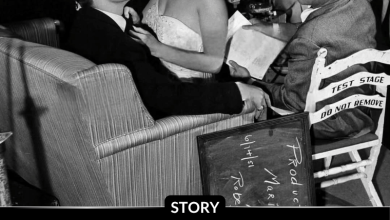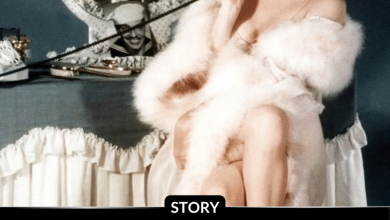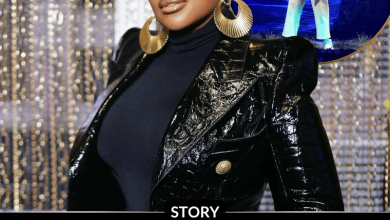Marilyn Monroe’s Hidden Fight: How She Battled Hollywood for Roles She ‘Never Deserved’
OPINION: This article may contain commentary which reflects the author's opinion.
Marilyn Monroe has long been remembered as Hollywood’s ultimate blonde bombshell — a symbol of glamor, allure, and tragedy. Yet newly unearthed studio archives and draft scripts reveal a side of Monroe that was rarely seen: the determined, fiercely ambitious artist who fought against typecasting and studio bias.
“I knew I was more than just a blonde,” Monroe wrote in a rare journal entry, now part of a private collection. Newly recovered studio notes confirm she proved it repeatedly, challenging executives who dismissed her intellectual and dramatic potential.
Among the roles she fought hardest for was Grushenka in The Brothers Karamazov (1958), a dark and complex character that would have defied her stereotypical image. MGM rejected her outright, claiming she was “too soft, too pretty, and too unserious.” Yet Monroe’s annotated script reveals a deep understanding of the character’s psychology, demonstrating emotional depth far beyond the studio’s expectations.
Other notable roles she pursued included:
-
Holly Golightly in Breakfast at Tiffany’s (eventually given to Audrey Hepburn)
-
Alma Brown in The Rainmaker
-
A leading role in a Tennessee Williams adaptation
-
A wartime drama originally written for a Katharine Hepburn-type actress
Each time, she was told to stick to musicals, keep smiling, and play “dumb,” despite being recognized as exceptionally intelligent and perceptive. Studio memos discovered in a Burbank vault candidly stated: “Monroe’s appeal is physical, not intellectual. She must not be repositioned.”
Monroe refused to accept these limitations. In 1955, she founded Marilyn Monroe Productions, becoming one of the first women in Hollywood to demand creative control over her career.
“She wasn’t just ahead of her time,” said film historian Rachel LeClair. “She was quietly rewriting the rules — and we’re only now catching up.”
As these scripts and memos resurface, they paint a picture of a woman who refused to be confined by others’ perceptions — an artist as ambitious and capable as she was glamorous. In her own words:
“I can be glamorous — and still be taken seriously.”
While history often remembers Monroe for her diamonds and dresses, these documents reveal the resistance she carried beneath the surface, forever challenging the boundaries of Hollywood.
I can also craft a short, punchy version for social media or entertainment news that highlights Monroe’s fight for dramatic roles and her pioneering career moves. Do you want me to do that?



